How To Buy Binoculars For Bird Watching ?
When buying binoculars for bird watching, it is important to consider a few key factors. Firstly, choose binoculars with a magnification power between 7x and 10x, as higher magnification can make it difficult to keep the image steady. Look for binoculars with a wide field of view to easily locate and track birds. Opt for lenses with a larger objective diameter (around 42mm) for better light gathering capabilities, especially in low-light conditions. Consider the weight and size of the binoculars, as you will be carrying them for extended periods. Finally, try out different models to find binoculars that feel comfortable in your hands and provide a clear, sharp image.
1、 Magnification and Objective Lens Size
When it comes to buying binoculars for bird watching, there are two key factors to consider: magnification and objective lens size. These factors determine the clarity and brightness of the image you see through the binoculars.
Magnification refers to how much closer the object appears compared to the naked eye. For bird watching, a magnification of 8x or 10x is generally recommended. Higher magnification may result in a narrower field of view, making it harder to locate and track birds. Additionally, higher magnification can also amplify hand movements, leading to a shaky image.
Objective lens size is the diameter of the front lenses, measured in millimeters. A larger objective lens allows more light to enter the binoculars, resulting in a brighter image. However, larger lenses also mean heavier and bulkier binoculars. For bird watching, an objective lens size of 32mm to 42mm is commonly recommended. This strikes a balance between brightness and portability.
It's worth noting that advancements in technology have led to the development of binoculars with higher magnification and larger objective lens sizes. However, these may not always be necessary for bird watching. The latest point of view suggests that a compact and lightweight pair of binoculars with a magnification of 8x or 10x and an objective lens size of 32mm to 42mm is sufficient for most birding enthusiasts.
Ultimately, the best binoculars for bird watching are the ones that feel comfortable in your hands and provide a clear and bright image. It's recommended to try out different models and brands before making a purchase to find the one that suits your needs and preferences.
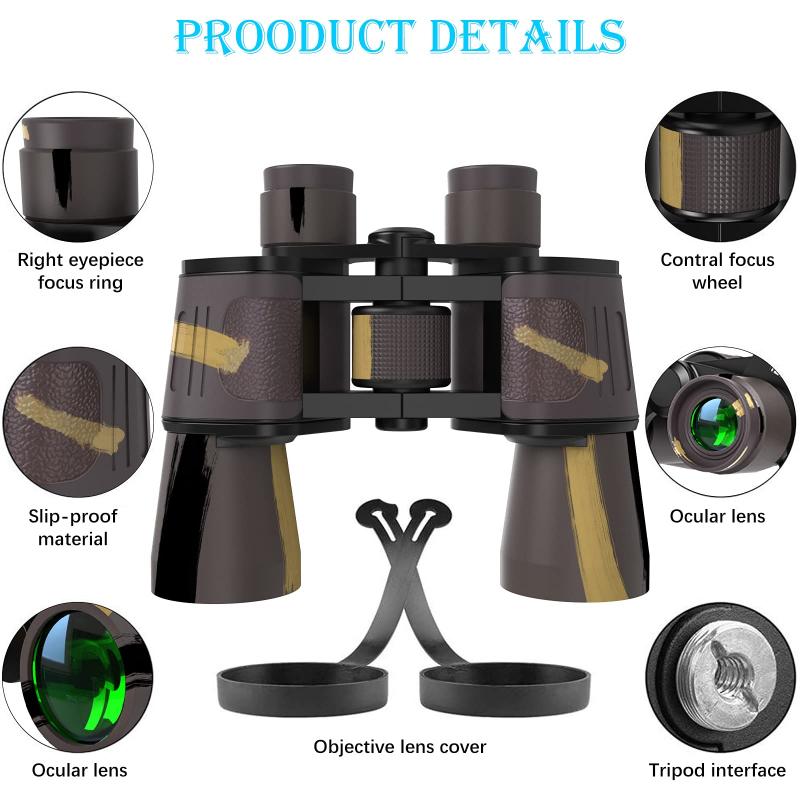
2、 Field of View and Close Focus Distance
When it comes to buying binoculars for bird watching, there are a few key factors to consider. One important aspect is the field of view, which refers to the width of the area you can see through the binoculars. A wider field of view allows you to spot birds more easily and track their movements. Look for binoculars with a field of view of at least 300 feet at 1000 yards for optimal bird watching.
Another crucial factor is the close focus distance, which determines how close you can focus on objects. For bird watching, a close focus distance of around 6-8 feet is recommended. This allows you to observe birds in detail, even when they are nearby.
In terms of the latest point of view, advancements in technology have led to the development of binoculars with improved field of view and close focus distance. Some manufacturers now offer binoculars with wider fields of view, reaching up to 400 feet at 1000 yards. Additionally, there are models with closer focus distances of around 4-5 feet, allowing for even more detailed observations.
When purchasing binoculars, it is also important to consider other factors such as magnification, lens quality, and durability. Opt for binoculars with a magnification of 8x or 10x for bird watching, as higher magnifications can make it difficult to maintain a steady image. Look for lenses with high-quality coatings to ensure clear and bright images, and choose binoculars that are waterproof and fog-proof for durability in various weather conditions.
In conclusion, when buying binoculars for bird watching, pay attention to the field of view and close focus distance. Consider the latest advancements in technology to find binoculars with wider fields of view and closer focus distances. Additionally, factor in magnification, lens quality, and durability to make an informed decision.

3、 Optical Coatings and Image Quality
When it comes to buying binoculars for bird watching, there are a few key factors to consider. One important aspect is the optical coatings and image quality of the binoculars. These factors greatly affect the clarity, brightness, and overall viewing experience.
Optical coatings play a crucial role in enhancing image quality. They are applied to the lenses and prisms of binoculars to reduce glare, increase light transmission, and improve contrast. The most common coatings include anti-reflective coatings, phase correction coatings, and dielectric coatings. Anti-reflective coatings minimize light loss and increase brightness, while phase correction coatings correct color shifts and enhance image sharpness. Dielectric coatings, on the other hand, improve light transmission and overall image quality.
When it comes to image quality, it is important to consider factors such as resolution, color fidelity, and edge-to-edge sharpness. Higher resolution binoculars provide clearer and more detailed images, allowing you to observe birds with greater precision. Color fidelity ensures that the colors you see through the binoculars are true to life, while edge-to-edge sharpness ensures that the entire field of view is clear and in focus.
It is worth noting that the latest advancements in optical technology have led to significant improvements in image quality. Manufacturers are constantly developing new coatings and technologies to enhance the viewing experience. For example, some binoculars now feature extra-low dispersion (ED) glass, which reduces chromatic aberration and improves color accuracy.
In conclusion, when buying binoculars for bird watching, it is important to consider the optical coatings and image quality. Look for binoculars with high-quality coatings that enhance light transmission and reduce glare. Consider factors such as resolution, color fidelity, and edge-to-edge sharpness to ensure a clear and immersive bird watching experience. Stay updated with the latest advancements in optical technology to make an informed decision and enjoy the best possible viewing experience.
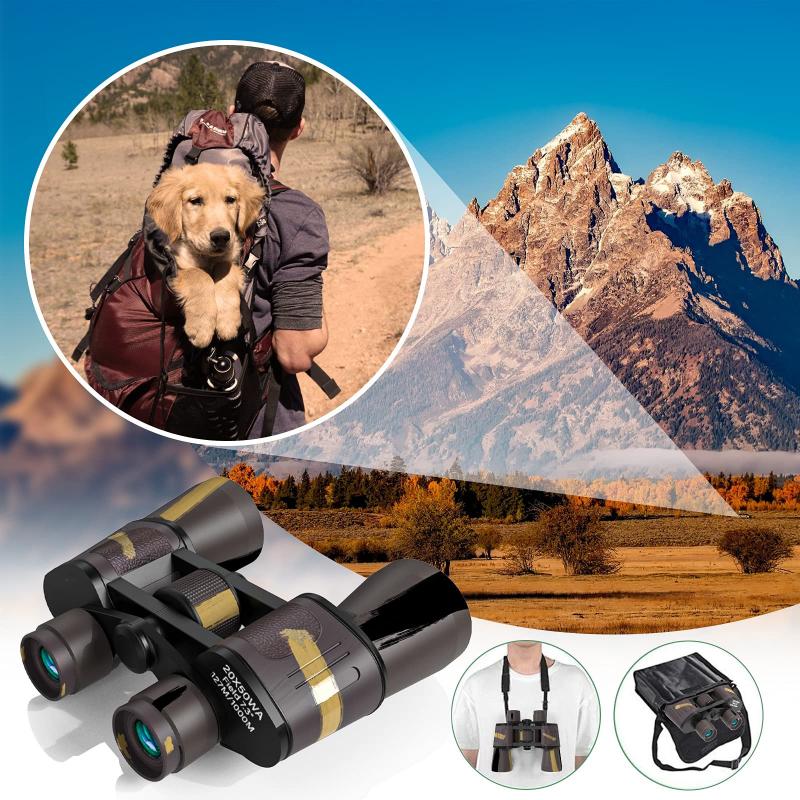
4、 Ergonomics and Comfort
How to Buy Binoculars for Bird Watching: Ergonomics and Comfort
When it comes to bird watching, having a good pair of binoculars is essential. Binoculars allow you to observe birds in their natural habitat with clarity and detail. However, with so many options available in the market, it can be overwhelming to choose the right pair. One important factor to consider is the ergonomics and comfort of the binoculars.
Ergonomics refers to the design and functionality of the binoculars, ensuring that they are comfortable to use for extended periods. Comfort is crucial because bird watching often involves long hours of observation, and holding heavy or poorly designed binoculars can lead to fatigue and strain.
When selecting binoculars, consider the following ergonomic features:
1. Weight: Opt for lightweight binoculars that won't strain your arms and neck. Modern materials like magnesium and carbon fiber are lightweight yet durable.
2. Grip: Look for binoculars with a comfortable grip that fits well in your hands. Rubberized coatings provide a secure hold and reduce the risk of dropping them.
3. Eye Relief: If you wear glasses, choose binoculars with long eye relief. This allows you to maintain a comfortable distance between your eyes and the eyepieces, ensuring a full field of view.
4. Interpupillary Distance: Check if the binoculars have an adjustable interpupillary distance. This feature allows you to customize the distance between the eyepieces to match your eyes, providing a comfortable viewing experience.
5. Focus Wheel: A smooth and easily accessible focus wheel is essential for quick and precise focusing. Test the focus wheel to ensure it is easy to use and doesn't require excessive force.
6. Waterproof and Fogproof: Consider binoculars that are waterproof and fogproof, as they can withstand various weather conditions and prevent internal fogging, ensuring clear views.
It's important to note that the latest advancements in binocular technology have led to the development of more ergonomic and comfortable designs. Manufacturers are constantly improving their products to provide bird watchers with the best possible experience. Therefore, it's advisable to stay updated with the latest models and read reviews from trusted sources to make an informed decision.
In conclusion, when buying binoculars for bird watching, prioritize ergonomics and comfort. Look for lightweight binoculars with a comfortable grip, long eye relief, adjustable interpupillary distance, and a smooth focus wheel. Additionally, consider waterproof and fogproof features for durability. By choosing binoculars that prioritize ergonomics and comfort, you can enhance your bird watching experience and enjoy hours of observation without discomfort or fatigue.
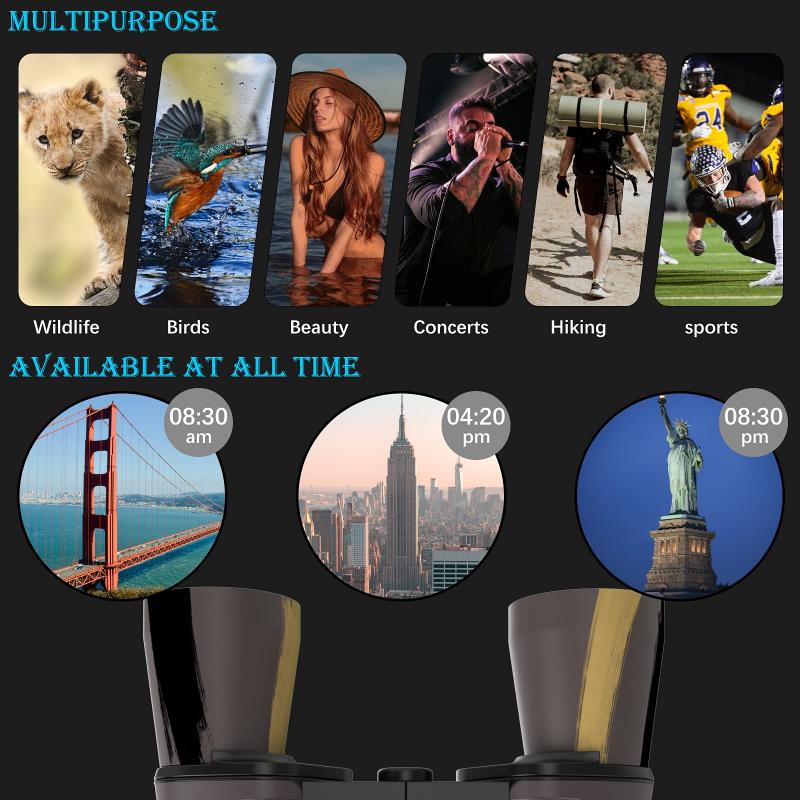


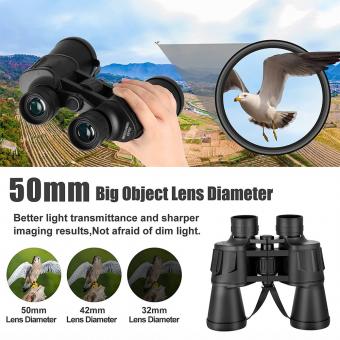

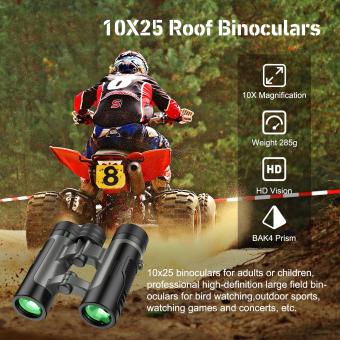
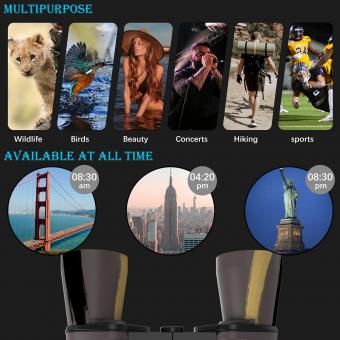

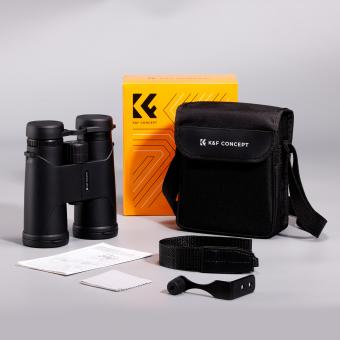

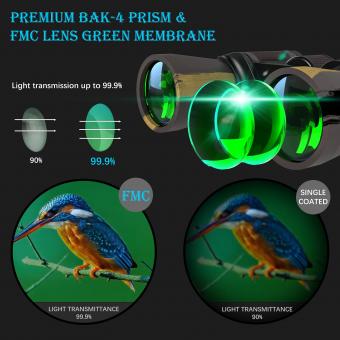


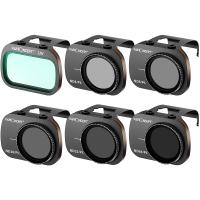

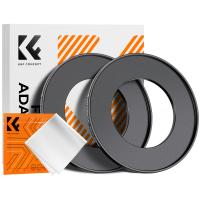
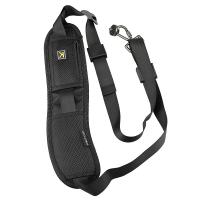


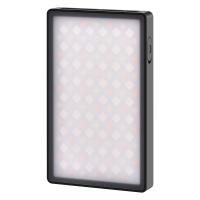

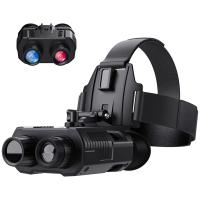
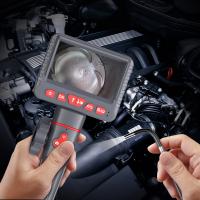
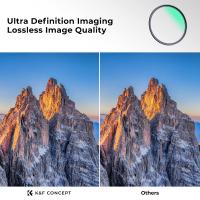


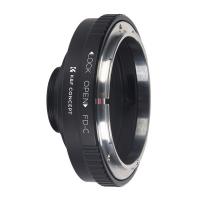
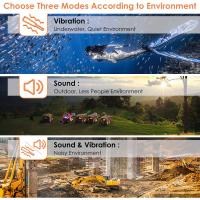
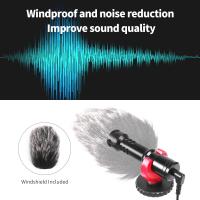

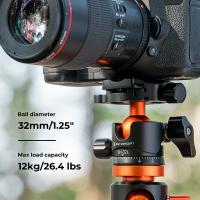

There are no comments for this blog.